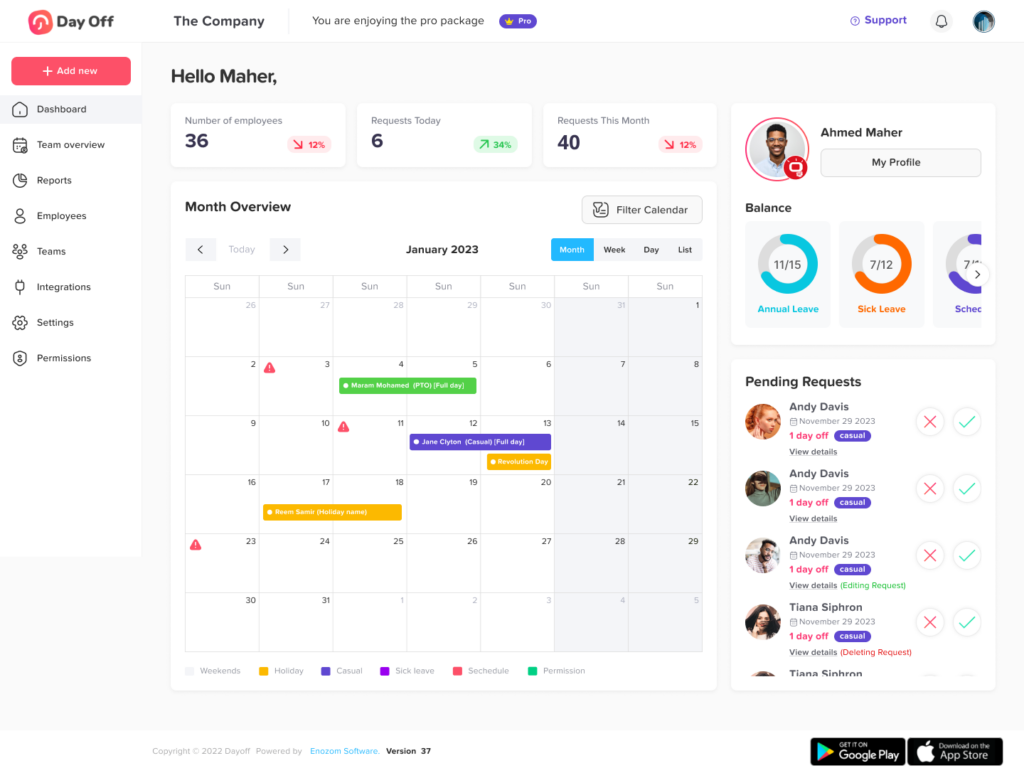USA long weekends provide an excellent opportunity for rest, travel, and spending quality time with loved ones. In 2025, several U.S. federal holidays create natural three day weekends, while others offer opportunities to extend the break by taking an extra day off. Whether you’re planning a vacation, a road trip, or just some downtime at home, this guide provides a detailed look at all the USA long weekends in 2025 and how to make the most of them.
What Are Long Weekends?
A long weekend occurs when a public holiday falls on a Friday or Monday, providing a three-day break. In some cases, a holiday may fall on a Tuesday or Thursday, allowing workers to extend their weekend by taking an extra day off.
Long weekends are essential for:
- Reducing stress and burnout by providing extended time off.
- Spending quality time with family and friends.
- Exploring travel destinations without taking excessive leave.
- Enjoying local events, shopping, and entertainment.
With that in mind, let’s explore all the long weekends in 2025 and how you can plan your time effectively.
USA Long Weekends Calendar 2025
Here’s a quick overview of all the USA long weekends in 2025:
New Year’s Day – January 1 (Wednesday)
- Long Weekend: December 28, 2024 – January 1, 2025 (If you take Monday and Tuesday off)
Martin Luther King Jr. Day – January 20 (Monday)
- Long Weekend: January 18 (Saturday) – January 20 (Monday)
Presidents’ Day – February 17 (Monday)
- Long Weekend: February 15 (Saturday) – February 17 (Monday)
Memorial Day – May 26 (Monday)
- Long Weekend: May 24 (Saturday) – May 26 (Monday)
Independence Day – July 4 (Friday)
- Long Weekend: July 4 (Friday) – July 6 (Sunday)
Labor Day – September 1 (Monday)
- Long Weekend: August 30 (Saturday) – September 1 (Monday)
Columbus Day – October 13 (Monday)
- Long Weekend: October 11 (Saturday) – October 13 (Monday)
Veterans Day – November 11 (Tuesday)
- Long Weekend Option: November 9 (Saturday) – November 11 (Tuesday) (If you take Monday off)
Thanksgiving & Black Friday – November 27-28 (Thursday & Friday)
- Long Weekend: November 27 (Thursday) – November 30 (Sunday)
Christmas – December 25 (Thursday)
- Long Weekend Option: December 25 (Thursday) – December 28 (Sunday) (If you take Friday off)
1. New Year’s Day – January 1 (Wednesday)
- Long Weekend Option: Saturday, December 28, 2024 – Wednesday, January 1, 2025 (If you take Monday and Tuesday off)
- Alternative: Extend your holiday until Friday, January 3, for a full week of relaxation.
Holiday Overview:
New Year’s Day marks the beginning of a new year and is often celebrated with parties, fireworks, and family gatherings. Since it falls on a Wednesday, taking two extra days off on Monday and Tuesday can create a five-day break.
How to Spend It:
- Attend New Year’s Eve Celebrations in New York City, Las Vegas, or Miami.
- Plan a winter getaway to ski resorts in Colorado or Vermont.
- Enjoy a relaxing retreat in a warm destination like Hawaii or Florida.
2. Martin Luther King Jr. Day – January 20 (Monday)
- Long Weekend: Saturday, January 18 – Monday, January 20
Holiday Overview:
Martin Luther King Jr. Day is observed on the third Monday of January and honors the civil rights leader’s contributions. Many communities organize events, service projects, and educational programs.
How to Spend It:
- Volunteer in a local community service project.
- Visit historic sites related to the Civil Rights Movement.
- Take a winter vacation to destinations like Aspen, CO, or Lake Tahoe, CA.
3. Presidents’ Day – February 17 (Monday)
- Long Weekend: Saturday, February 15 – Monday, February 17
Holiday Overview:
Presidents’ Day, celebrated on the third Monday of February, honors U.S. presidents, particularly George Washington and Abraham Lincoln.
How to Spend It:
- Take advantage of holiday sales on electronics, furniture, and apparel.
- Plan a winter escape to a cozy cabin or a ski resort.
- Explore Washington, D.C., to visit national monuments and museums.
4. Memorial Day – May 26 (Monday)
- Long Weekend: Saturday, May 24 – Monday, May 26
Holiday Overview:
Memorial Day honors U.S. military personnel who have died in service. It is widely recognized as the unofficial start of summer.
How to Spend It:
- Attend a Memorial Day parade in cities like Washington, D.C., or Chicago.
- Go on a beach vacation to destinations like Myrtle Beach, SC, or Miami, FL.
- Enjoy outdoor activities like hiking, barbecues, and camping.
5. Independence Day – July 4 (Friday)
- Long Weekend: Friday, July 4 – Sunday, July 6
Holiday Overview:
Independence Day is one of the most significant American holidays, celebrated with fireworks, parades, and patriotic events. Since it falls on a Friday, it automatically creates a three-day weekend.
How to Spend It:
- Watch fireworks in Washington, D.C., or New York City.
- Take a road trip to a national park like Yellowstone or the Grand Canyon.
- Host a backyard barbecue with family and friends.
6. Labor Day – September 1 (Monday)
- Long Weekend: Saturday, August 30 – Monday, September 1
Holiday Overview:
Labor Day, observed on the first Monday of September, celebrates American workers and marks the end of summer vacations.
How to Spend It:
- Attend a festival or outdoor concert.
- Go on a last-minute summer trip to the beach or lake.
- Enjoy a relaxing weekend with family gatherings and cookouts.
7. Columbus Day – October 13 (Monday)
- Long Weekend: Saturday, October 11 – Monday, October 13
Holiday Overview:
Columbus Day is a federal holiday observed in some states, while others celebrate Indigenous Peoples’ Day.
How to Spend It:
- Go on a fall foliage trip to New England.
- Visit a historical city like Boston or Philadelphia.
- Enjoy a winery tour in California’s Napa Valley or Oregon’s Willamette Valley.
8. Veterans Day – November 11 (Tuesday)
- Long Weekend Option: Saturday, November 9 – Tuesday, November 11 (If you take Monday off)
Holiday Overview:
Veterans Day honors those who have served in the U.S. military.
How to Spend It:
- Attend Veterans Day parades in New York City or Washington, D.C.
- Visit military memorials such as Arlington National Cemetery.
- Enjoy a nature retreat before winter sets in.
9. Thanksgiving & Black Friday – November 27-28 (Thursday & Friday)
- Long Weekend: Thursday, November 27 – Sunday, November 30
Holiday Overview:
Thanksgiving is one of the most cherished American holidays, bringing families together for feasts and gratitude. Many businesses also close on Black Friday.
How to Spend It:
- Enjoy Thanksgiving dinner with family and friends.
- Go shopping on Black Friday to grab holiday deals.
- Travel to a festive city like New York or Chicago for the holiday parades.
10. Christmas – December 25 (Thursday)
- Long Weekend Option: Thursday, December 25 – Sunday, December 28 (If you take Friday off)
Holiday Overview:
Christmas is a major holiday celebrating the spirit of giving and togetherness.
How to Spend It:
- Attend Christmas markets in New York, Chicago, or Denver.
- Go on a winter vacation to a ski resort or a cozy cabin.
- Spend time with family enjoying holiday traditions.
Best Destinations for Long Weekends in 2025
If you’re planning a trip, here are some excellent destinations to visit during these long weekends:
New York City, NY – Experience vibrant city life, Broadway shows, and iconic landmarks.
Los Angeles, CA – Enjoy Hollywood, beautiful beaches, and great weather.
Miami, FL – Perfect for beach lovers and those looking for a lively nightlife.
Las Vegas, NV – Great for entertainment, casinos, and concerts.
Washington, D.C. – A fantastic choice for history and museum enthusiasts.
Chicago, IL – Explore amazing architecture, food, and cultural attractions.
San Francisco, CA – Visit the Golden Gate Bridge, Alcatraz, and Fisherman’s Wharf.
Orlando, FL – A must-visit for theme park fans, including Disney World and Universal Studios.
Nashville, TN – Ideal for country music fans and vibrant nightlife.
Seattle, WA – Enjoy scenic landscapes, coffee culture, and Pike Place Market.
Tips for Planning Your Long Weekends
Book in Advance – Flights and accommodations tend to get expensive closer to holiday dates.
Consider Staycations – If you want to relax without traveling far, explore local attractions or spa getaways.
Check Weather Forecasts – Some destinations have unpredictable weather; pack accordingly.
Look for Deals and Discounts – Many airlines and hotels offer holiday discounts.
Plan Activities Early – Popular attractions may require reservations, so book in advance.
Use Travel Apps – Apps like Google Maps, Expedia, and TripAdvisor can help with navigation and trip planning.
With thoughtful planning, 2025 can be a year full of exciting trips, family gatherings, and well-deserved rest. Whether you want to travel or simply enjoy time at home, these USA Long Weekends provide excellent opportunities.
Tips for Planning USA Long Weekends:
Book Travel in Advance – Holiday weekends are peak travel times.
Plan PTO Strategically – A well-placed day off can extend your break.
Explore Nearby Destinations – Avoid high travel costs and crowds.
Make the most of your time off and enjoy the long weekends in 2025! 🎉










